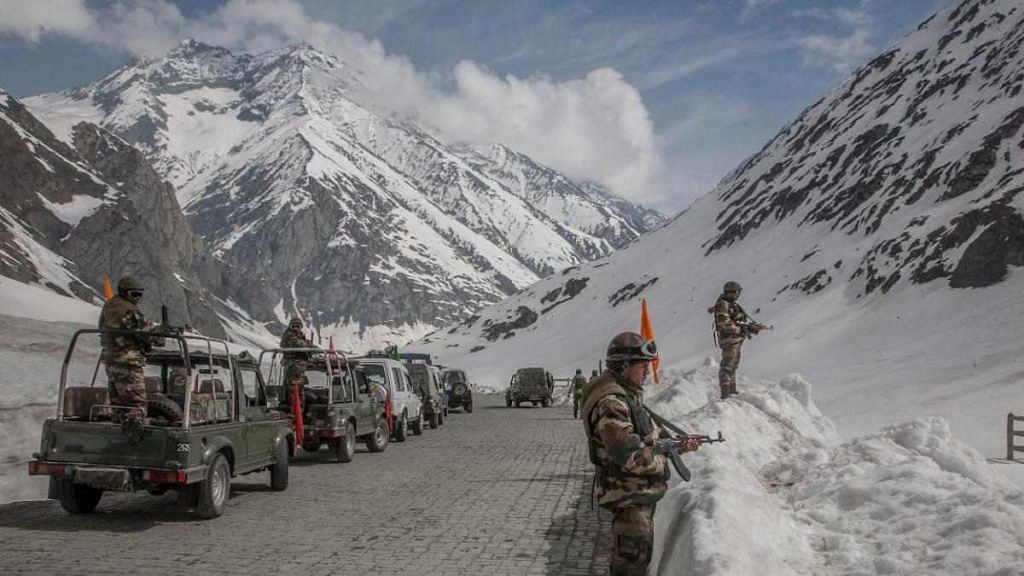New Delhi: There was no de-escalation on the ground in Eastern Ladakh till Sunday evening, but some forward movement could be expected during this week, ThePrint has learnt.
Sources in the defence and security establishments have said forward movement was expected in the Galwan Valley and Hot Springs area first.
When asked if any sort of de-escalation has happened since 2 July, a source said, “There has not been any change on the ground.”
The Pangong Lake area continues to be a sticky point for both sides, with the Chinese continuing to hold positions till Finger 4, which is 8 km inside India’s perception of the Line of Actual Control (LAC) at Finger 8.
As reported by ThePrint earlier, both sides have agreed on an initial de-escalation plan and a 72-hour observation window to make sure that steps agreed upon have been taken on the ground.
Only after both sides are satisfied would the next round of de-escalation be done.
Also read: LAC row began April, 5,000 Chinese troops sent to Pangong in May, claims state broadcaster
‘De-escalation steps will be visible to troops on ground’
There has not been any actual de-escalation since the third round of meetings between the corps commanders of the two sides last week.
“There could be some forward movement this week. Following the agreed steps, there would be a 72-hour window during which each will observe and make sure that each has taken the agreed steps,” said another source.
Asked how they will verify the steps taken, the source said, “Some of the de-escalation steps would be visible to the troops on the ground. Then there are other ways to verify.”
The decision to have a 72-hour window was taken on India’s insistence because while the country had fulfilled its de-escalation commitment made at a meeting on 6 June, China did not.
The Indian side had also observed that the People’s Liberation Army (PLA) of China failed to live up to the commitment that both sides would fall back by about 2 kilometres from their current positions at Patrol Point 14, which later led to burning down of a Chinese tent in the Galwan Valley on 14 June.
Also read: PM Modi sends message to China from Ladakh: ‘Age of expansionism is over’
